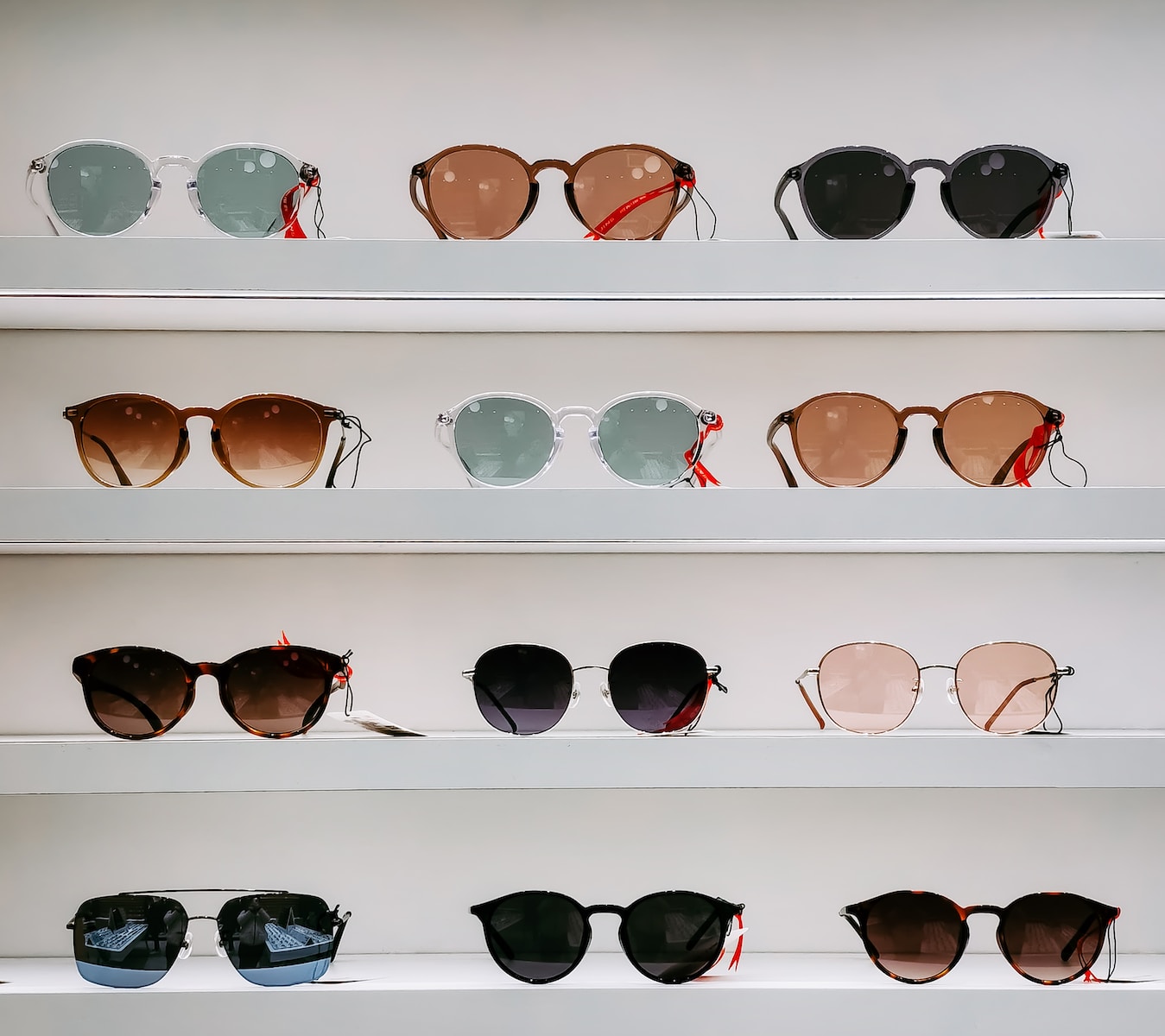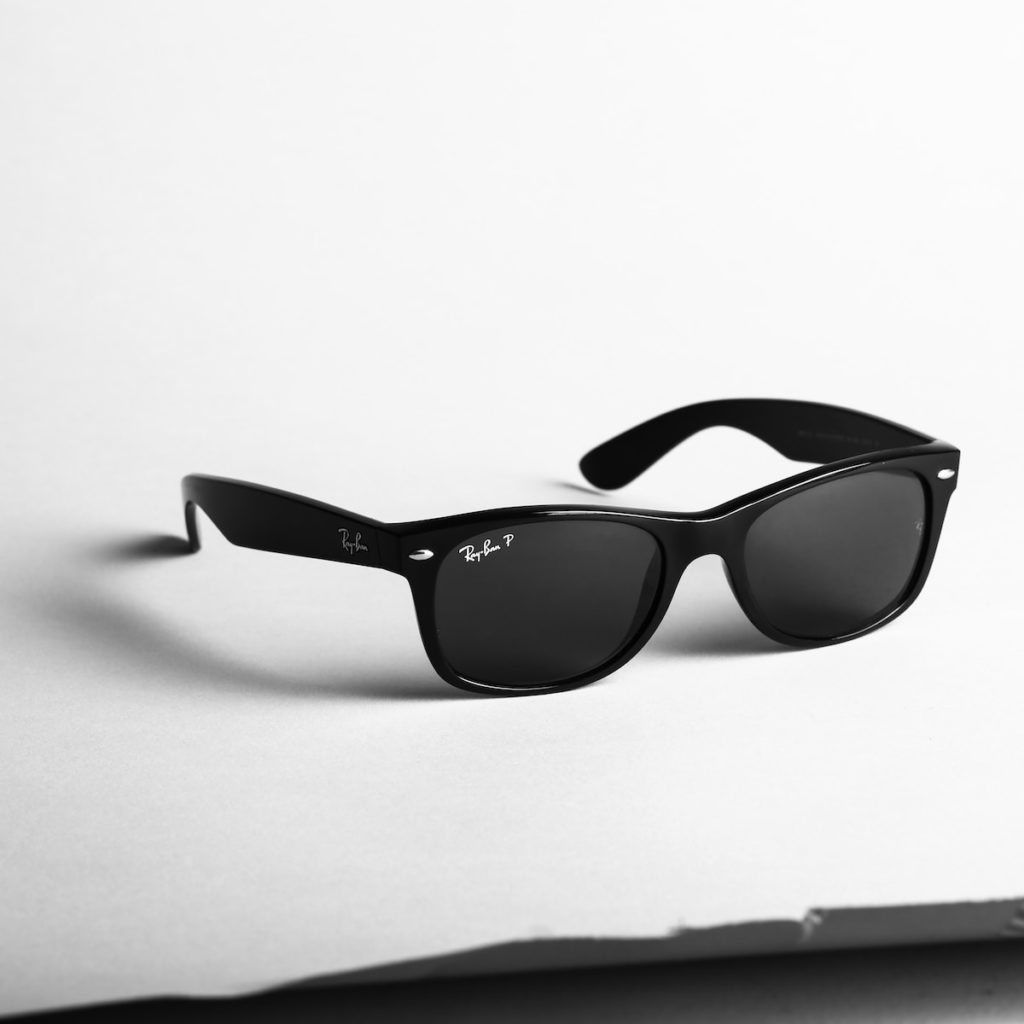
For the past 90 years, designer sunglasses brands like Ray-Ban, Oakley, and Dolce & Gabbana have dominated the sunglasses industry. These iconic names have not only set benchmarks for functional and fashionable eyewear but have also commanded high prices. However, the reasons behind these steep price tags go beyond quality and design. In this article, we will delve into the shady underbelly of the sunglasses industry, uncovering the power and control held by one dominant company.
The Rise of Ray-Ban and Designer Sunglasses’ Hollywood Connection

Before the invention of sunglasses, people either squinted in the sun or relied on traditional eyewear used by indigenous communities. It wasn’t until the late 1930s that two German immigrants won a military contract to produce aviator sunglasses. These polarized and reflective sunglasses provided a competitive advantage to pilots, reminiscent of Tom Cruise in “Top Gun.” The movie industry played a significant role in popularizing sunglasses, with tired-eyed actors seeking refuge from camera flashes. In the 1950s, Ray-Ban introduced the Wayfarer model, made possible by innovative injection-molded plastic. This design became iconic and enjoyed popularity for over four decades.
Enter Luxottica – A Game-Changing Acquisition
Luxottica, the Italian eyewear designer sunglasses giants, acquired Ray-Ban in 1999, completely transforming the business. American factories were shut down, production was moved to Italy, and prices skyrocketed. Ray-Ban’s distribution channels were also altered, limiting sales to high-end retailers and sunglasses specialists, many of which were owned by Luxottica. This shift marked the beginning of Luxottica’s dominance in the industry.
A Monopolistic Merger: Luxottica Meets Essilor
In 2018, the designer sunglasses industry witnessed an oligopoly emerge when Luxottica merged with Essilor. While Luxottica’s name may ring a bell, Essilor remains relatively unknown. This French company focused on acquiring lens manufacturers, lens technology, and research labs. The merger between Luxottica and Essilor created a corporate entity that now owns over a quarter of the entire eyewear market. Their combined power enables them to shape the industry according to their whims, much like a monopoly in a game of Monopoly.

Designer Sunglasses: The Power of Vertical Integration
Luxottica and Essilor’s merger created a vertically integrated company. This means that they control not only the sunglasses themselves but also the patents, manufacturers, brands, and retail chains involved. They even own one of the largest eye health insurance companies in the United States, iMed Vision Care. This vertical integration grants them significant influence over the industry, surpassing their reported 27% market share. Their control extends far beyond what meets the eye.
Designer Sunglasses: Knock-Offs, Cheap Alternatives, and Their Hidden Dangers
Cheap sunglasses produced by nameless companies in distant locations often lack regulation and quality control. While they may be UV 400 certified due to brand associations, they serve more as billboards than functional eyewear. Knock-offs or replicas, manufactured covertly and without any reputation to uphold, are even worse in terms of quality. Wearing low-quality sunglasses can have adverse effects on eye health, including cataracts and blindness.
The True Cost of Quality Sunglasses
High-quality designer sunglasses offer essential protection and visual comfort. However, with Luxottica and Essilor’s control over the market, consumers are left with a choice between expensive luxury eyewear or potentially hazardous low-quality alternatives. Luxottica’s prices have steadily increased over the years, resulting in a 50% price hike since 2011. The lack of competition allows them to maintain both their reputation and profits.
Balancing Price and Quality: Filling the Gap
Fortunately, the rise of internet-based direct-to-consumer sales has motivated a new generation of entrepreneurs to offer affordable new age designer sunglasses without compromising quality. Companies like Sunski Sunglasses provide custom-designed sunglasses of good quality at reasonable prices. These businesses prioritize sustainability, using recycled materials and supporting environmental initiatives. By conducting thorough research, consumers can find sunglasses that align with their values while avoiding the monopoly of Luxottica and Essilor.

Conclusion: Making an Informed Choice
The designer sunglasses industry’s shady underbelly reveals the power and control wielded by Luxottica and Essilor. Despite the steep prices associated with luxury eyewear, high-quality sunglasses offer essential protection and longevity. Consumers must weigh the risks of low-quality knock-offs and the environmental impact of disposable sunglasses. By supporting independent brands with a commitment to quality and sustainability, individuals can make an informed choice that aligns with their values and ensures eye health for the long term.
If you’re fascinated about retail designer brands, you’ll need to read our article about appeal of designer brands to consumers.
Key Takeaways
- Luxottica and Essilor, the dominant designer sunglasses players in the sunglasses industry, control over a quarter of the entire market through a merger, creating a vertically integrated company with influence over every aspect of the industry.
- The rise of knock-offs and cheap alternatives poses hidden dangers, as they often lack regulation and quality control, potentially harming eye health in the long run.
- While high-quality sunglasses come with a higher price tag, they offer essential protection and longevity, ensuring better eye health and visual comfort.
- Consumers have the option to support independent brands that prioritize quality and sustainability, offering affordable sunglasses without compromising on protection or contributing to the monopoly of Luxottica and Essilor.
